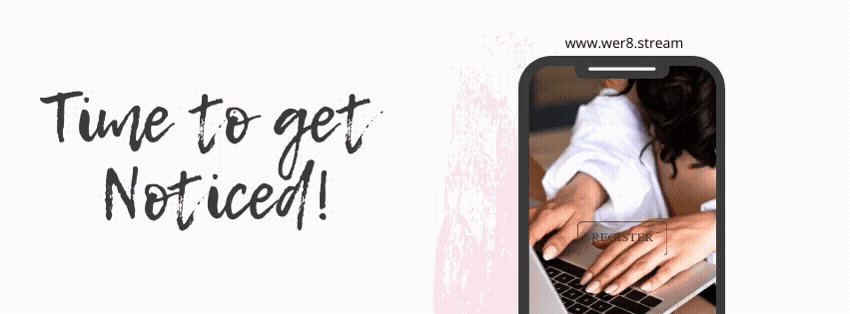
Suppose you're a millennial or a member of Gen-Z that has somehow got onto the productivity side of Youtube. Then you are very aware of the technique of Bullet Journaling and how everyone and their mother praises the method as the go-to for self-management.
Yet, if you’ve seen any of the bazillion videos on how to get started, you’ll know that creating one and trying to make it as artistically aesthetic as possible is mind-boggling. First impressions often lead people to assume it's a time-consuming process. And end up wondering what the point is? A viewpoint that is cemented in the equal amount of ‘I quit bullet journaling. Here's why!’ Videos.
As one of those people, I’m going to dis-spell some ‘myths’ around Bullet Journaling that have cemented themselves as truth-making Bullet Journaling stressful and unproductive. Here are some healthy reminders for a more mindful and positive bullet journal experience.

The layout is up to you.
If you've ever watched a productivity bullet journal video, you've seen the layout: Monthly calendar; then a weekly one, then a goal tracker, etc., etc., you get the gist. And because you see these people as productivity, gods you want to follow their design to a T. However, that's not how Bullet Journaling works. Bullet journaling is meant to be a personalized and customizable planner that works for you.
You don't have to follow what one person has. If you don't need an emotional wellness tracker, don't use it. Customization also goes for design and layout. You don't need it to be artistic if you don't want to, and if you don't want minimalism, then that's fine too! Whatever works for you and whatever helps you keep productive.
As this will probably be your first bullet journal, keep it simple and manageable so you can have enough time and flexibility to fit it into your routine without guilt.
An example
If I were to design my own, I’d keep the monthly planner, not the weekly or daily log. I prefer looking at things in monthly spreads. It saves time and is more straightforward. I also like just jotting down the date and time of my most important events. I would just put that at the bottom of a monthly log or on the next page. I’d put in a couple of spreads for blog post ideas and keep track of what I’ve written. I’d try a mindfulness page to write down how I feel, but I wouldn’t hold myself to it.

You don't need fancy equipment.
Another big thing I see spouted about on productivity tube is that you need fancy and expensive stuff. Wrong!
All you need is a pen and a notebook, heck, even a pencil if that's all you got.
Again, the average person will be jotting down dates and maybe a couple of drawings here and there. You don't need fancy pancy supplies for that, and I think pedaling this idea is misleading, elitist and stops more people from enjoying the process.
Beware of the ‘aesthetic.’
Many people believe Bullet Journals need to be aesthetic and nice, especially if you put them on social media. However, it doesn't. It's a Planner/Journal; there are meant to be mistakes and scribbles and weird bits. Don't let the perfectionism of Instagram, Pinterest, and YouTube thumbnails drain you. Making it aesthetic if you don't want to will make you unhappy, unmotivated, and stressed out, and then you won't even want to attempt Bullet Journaling.
I’m not saying if you put five artistic and aesthetically pleasing pages into your journal, you are doing it wrong. If you can do that every time you need to for a spread, making you happy, that's fine because that style of Bullet Journaling works for you. However, for the average person, it doesn’t.
You have to complete every page.
Looking on social media, you’ll see every Bullet Journalist has every page filled nicely and neatly, and every segment is covered. They are giving the impression that they’ve got their life together and are well-organized people. The truth is, you won’t remember to fill every page, and even then, some segments you’ll try and won’t keep because they don’t work for you and your style. Sometimes, you won’t figure it out until you try.
Ultimately the Bullet Journal should make mindfulness and productivity work together. The inventor of the Bullet Journal, Ryder Carroll created it so people with learning difficulties such as ADHD could have another way of being as organized and productive as everyone else. Hence, the emphasis on customizability.
If it isn’t making the practice of being organized, mindful and productive. Then feel free to change up any element of the bullet journal. It is YOURS and YOURS only. Also, not every system fits everyone, so you might not like this organization even with these helpful reminders. If so, find another; that’s perfectly okay.
Whether you keep with Bullet Journaling or throw it in the bin for a typical planner, I hope dispelling myths around bullet journaling helped make the process easier.

Share, Leave a comment, and tell us what you think, we always love to hear from you...
Sign up to our newsletter for regular articles like these!


